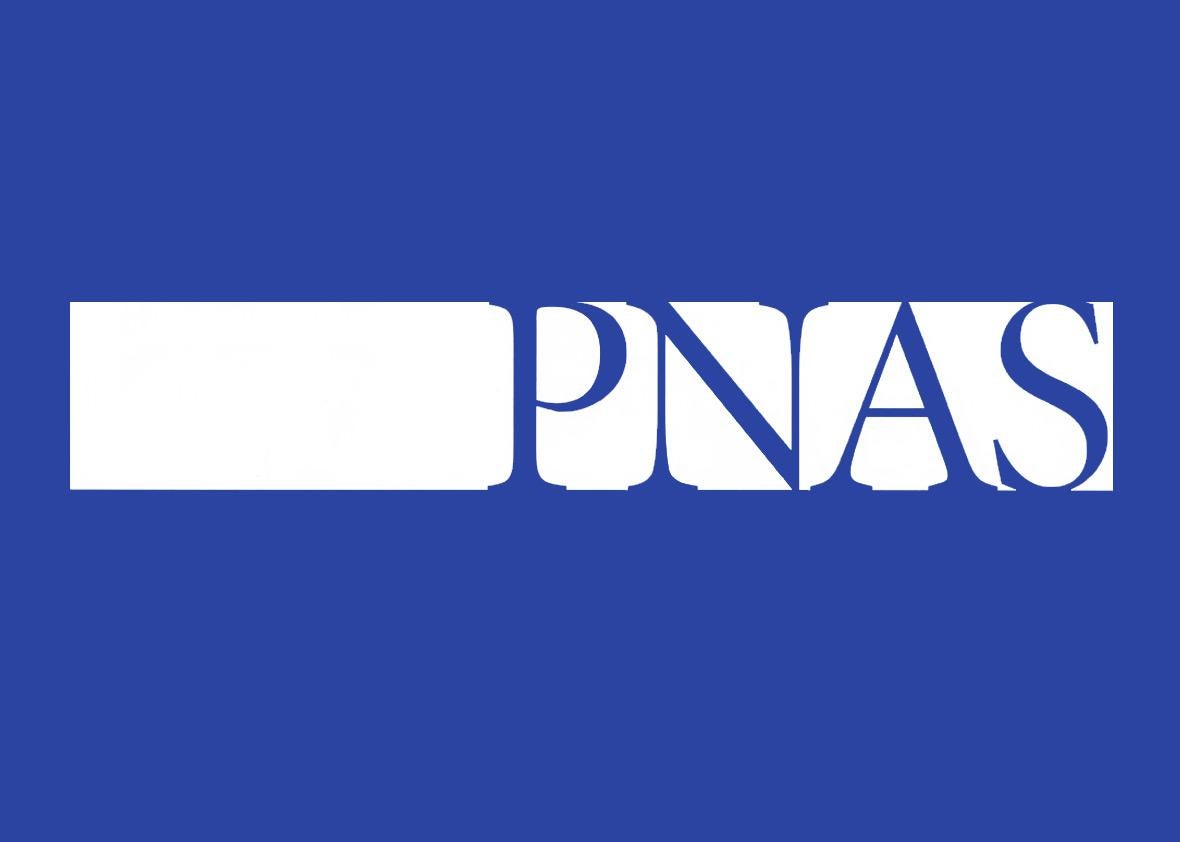“Cannabis plant has the scientific name called Cannabis sativa L. Cannabis plant has many species, but there are three main species including Cannabis sativa, Cannabis indica and Cannabis ruderalis. Over 70 compounds isolated from cannabis species are called cannabinoids (CBN).
Cannabinoids produce over 100 naturally occurring chemicals. The most abundant chemicals are delta-9-tetrahydrocannabinol (THC) and Cannabidiol (CBD). THC is psychotropic chemical that makes people feel “high” while CBD is nonpsychotropic chemical. However, cannabinoid chemicals are not found only in the cannabis plant, they are also produced by the mammalian body, called endocannabinoids and in the laboratory, called synthesized cannabinoids.
Endocannabinoids are endogenous lipid-based retrograde neurotransmitters that bind to cannabinoid receptors, and cannabinoid receptor proteins that are expressed throughout the mammalian central nervous system including brain and peripheral nervous system. There are at least two types of endocannabinoid receptors (CB1 and CB2) which are G-protein coupled receptors.
CB1 receptors are particularly abundant in the frontal cortex, hippocampus, basal ganglia, hypothalamus and cerebellum, spinal cord and peripheral nervous system. They are present in inhibitory GABA-ergic neurons and excitatory glutamatergic neurons. CB2 receptor is most abundantly found on cells of the immune system, hematopoietic cells and glia cells. CB2 is mainly expressed in the periphery under normal healthy condition, but in conditions of disease or injury, this upregulation occurs within the brain, and CB2 is therefore expressed in the brain in unhealthy states.
Cannabis and cannabinoid are studied in different medical conditions. The therapeutic potentials of both cannabis and cannabinoid are related to the effects of THC, CBD and other cannabinoid compounds. However, the “high” effect of THC in cannabis and cannabinoid may limit the clinical use, particularly, the study on the therapeutic potential of THC alone is more limited.
This review emphasizes the therapeutic potential of CBD and CBD with THC. CBD has shown to have benefit in a variety of neuropsychiatric disorders including autism spectrum disorder, anxiety, psychosis, neuropathic pain, cancer pain, HIV, migraine, multiple sclerosis, Alzheimer disease, Parkinson disease, Huntington disease, hypoxic-ischemic injury and epilepsy. CBD is generally well tolerated. Most common adverse events are diarrhea and somnolence. CBD also shows significantly low abuse potential.”

 “The endocannabinoid system (eCB) is a ubiquitous lipid signaling system composed of at least two receptors, their endogenous ligands, and the enzymes responsible for their synthesis and degradation. Within the brain, the eCB system is highly expressed in the hippocampus and controls basic biological processes, including neuronal proliferation, migration and differentiation, which are intimately linked with embryonal neurogenesis. Accumulated preclinical evidence has indicated that eCBs play a major role also in regulating adult neurogenesis. Increased
“The endocannabinoid system (eCB) is a ubiquitous lipid signaling system composed of at least two receptors, their endogenous ligands, and the enzymes responsible for their synthesis and degradation. Within the brain, the eCB system is highly expressed in the hippocampus and controls basic biological processes, including neuronal proliferation, migration and differentiation, which are intimately linked with embryonal neurogenesis. Accumulated preclinical evidence has indicated that eCBs play a major role also in regulating adult neurogenesis. Increased  “While recent research has shown that
“While recent research has shown that 
 “Even a brief exposure to severe stress strengthens synaptic connectivity days later in the amygdala, a brain area implicated in the affective symptoms of stress-related psychiatric disorders. However, little is known about the synaptic signaling mechanisms during stress that eventually culminate in its delayed impact on the amygdala. Hence, we investigated early stress-induced changes in amygdalar synaptic signaling in order to prevent its delayed effects.
“Even a brief exposure to severe stress strengthens synaptic connectivity days later in the amygdala, a brain area implicated in the affective symptoms of stress-related psychiatric disorders. However, little is known about the synaptic signaling mechanisms during stress that eventually culminate in its delayed impact on the amygdala. Hence, we investigated early stress-induced changes in amygdalar synaptic signaling in order to prevent its delayed effects. “Dystonia is a movement disorder characterized by sustained or intermittent muscle contractions causing abnormal movements and postures. Besides motor manifestations, patients with dystonia also display non-motor signs and symptoms including psychiatric and sensory disturbances.
“Dystonia is a movement disorder characterized by sustained or intermittent muscle contractions causing abnormal movements and postures. Besides motor manifestations, patients with dystonia also display non-motor signs and symptoms including psychiatric and sensory disturbances. “The increasing medicinal use of
“The increasing medicinal use of  “In drug development, the creation of highly selective ligands has been unsuccessful for the treatment of central nervous system disorders.
“In drug development, the creation of highly selective ligands has been unsuccessful for the treatment of central nervous system disorders.